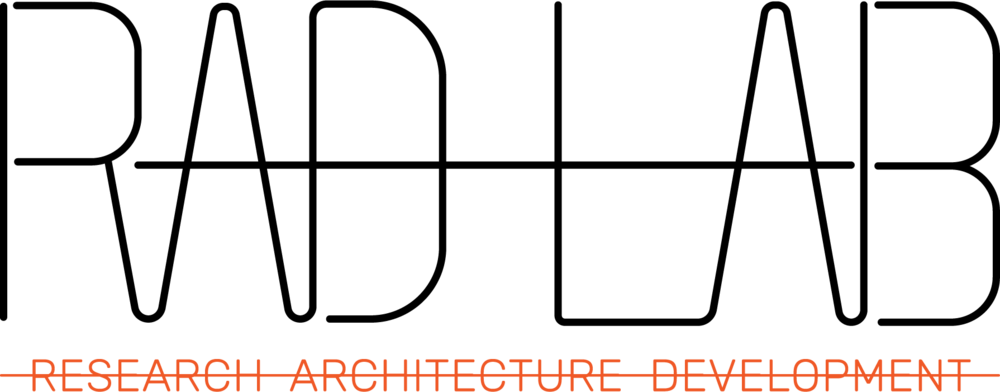As wildfires become increasingly frequent and devastating, especially in regions like Los Angeles, the need for fire-resistant housing has never been more urgent. At RAD LAB, we believe architecture has the power to protect, adapt, and inspire—even in the face of natural disasters. Our designs prioritize safety, sustainability, and innovation, ensuring that homes not only withstand the elements but also offer peace of mind.
The Foundation of Fire-Resistant Design
Creating fire-resistant homes starts with thoughtful material selection and strategic design:
Non-Combustible Materials: Using materials such as concrete, steel, and fire-rated glass reduces the risk of ignition. Incorporating stone or metal siding instead of traditional wood is an effective first step.
Defensible Space Design: Landscaping around the home can act as a buffer zone. Fire-resistant plants, gravel paths, and appropriate spacing ensure there’s less fuel for approaching fires.
Seamless Roofing: Fire-rated roofs with minimal seams and materials like metal or clay tiles prevent embers from taking hold.
RAD LAB’s Fire-Resistant Solutions
Our designs incorporate cutting-edge materials and technologies that address fire risks without compromising aesthetics or functionality:
Smart Ventilation Systems: Ember-resistant vents reduce the chance of embers entering attics or crawl spaces.
Fire-Resistant Cladding and Coatings: Advanced coatings and panels act as barriers, providing homes with additional protection against extreme heat.
Innovative Insulation: Using fire-resistant insulation materials helps maintain structural integrity under heat exposure.
Integrated Water Systems: Sprinkler systems and external water features can act as proactive fire suppression tools, offering an additional layer of safety.
Protecting the Environment, Too
At RAD LAB, our fire-resistant homes are also designed to minimize environmental impact:
Sustainable Materials: Whenever possible, we use low-carbon, eco-friendly options like recycled concrete and sustainable steel.
Energy Efficiency: Fire-resistant design pairs seamlessly with energy-efficient features like solar panels, passive cooling, and natural light optimization, ensuring sustainability without sacrificing safety.

